After the Hurricane
By Barbara J Eikmeier
The Wood Stork lifts off from the edge of the pond. His long slightly curved beak points the way like a menacing weapon, and his shaggy head droops, in sharp contrast to his elegant body. My hostess calls him The Professor.
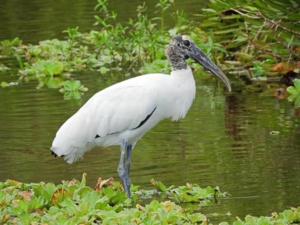
Wood Stork – image from stock photos
From the lanai I also see the Great Blue Heron, and the Tricolor Heron, his white belly flashing us as he takes flight. I’m impressed with the perfectly still, dark feathered Cormorant standing on the rock, with his wings fanned out. My hostess shrugs and says, “Oh he is quite common.”
I’m teaching for a week in Southwest Florida. In Ft Myers to be exact. The same Ft Myers where Hurricane Ian made landfall on September 28, 2022. I’m staying with my friend Bridget and peppering her with questions about the hurricane and its aftermath. The writer in me can’t help it.
If creating a setting or writing a dramatic scene featuring catastrophic weather, I’m not sure I could write a convincing hurricane. I can do flood waters from the creek rising after torrential rains. I can do a monsoon. I can do a tornado warning and get my characters to shelter before the funnel cloud touches down. I can even do a tidal wave warning. But my knowledge of hurricanes comes strictly from the weather channel.
Going to and from class today my driver toured me around Ft Myer, pointing out the canals that bring the water inland creating waterfront properties. Many homes and businesses are still draped in bright blue tarps. The palms lining both sides of McGregor Blvd are missing palm fronds, but otherwise are standing tall, new growth sprouting high above the ground. Three months of cleanup have already taken place. But then there is the marina and the topsy-turvy pile of yachts and smaller boats, twisted among huge chunks of broken up dock, bringing home the truth of what happened here. I saw a sailboat trapped at the base of a bridge; its silver mast tangled with the black post of a streetlight as if braided together. Another sailboat rested on its side, the mast pointing inland, the sails shredded to ribbons, fluttering in the breeze.
Restaurants are closed. Beaches are closed. A little island, seen from the bridge, has been stripped of vegetation.
Today the calm of my friend’s pond, is a different view from the story she tells of that day when she watched the water rise, saw it churn one direction, then change directions as the eye of the storm passed overhead. She exclaimed, “The wind, oh that awful wind that continued for hours, or rather for days.” And she describes the surprise of seeing whitecaps on her little pond.
I’m keenly aware of the devastation that happened here, but I’ve also seen the spirit of Southwest Florida in the people I’ve met. Seasonal residents have returned. Year-round friends greet them and immediately ask how their places fared in the hurricane. They are rebuilding and supporting each other.
Originally, I thought I’d make this trip part work, part vacation – after all, its Florida in January! Hurricane Ian changed things, but I still came. It turns out that I didn’t need that trip to the beach, and I didn’t need an excursion to Sanibel Island, but I did need to see the amazing strength of Southwest Florida in the people I met. After all it’s the human spirit that defines a place.
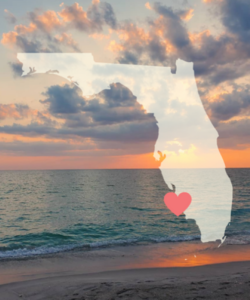
Image from Ft Myers tourism
Barbara J. Eikmeier is a quilter, writer, student of quilt history, and lover of small-town America. Raised on a dairy farm in California, she enjoys placing her characters in rural communities.
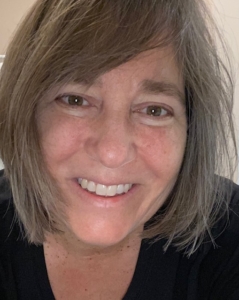


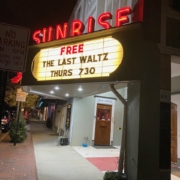
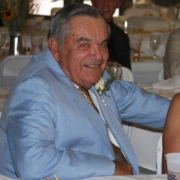
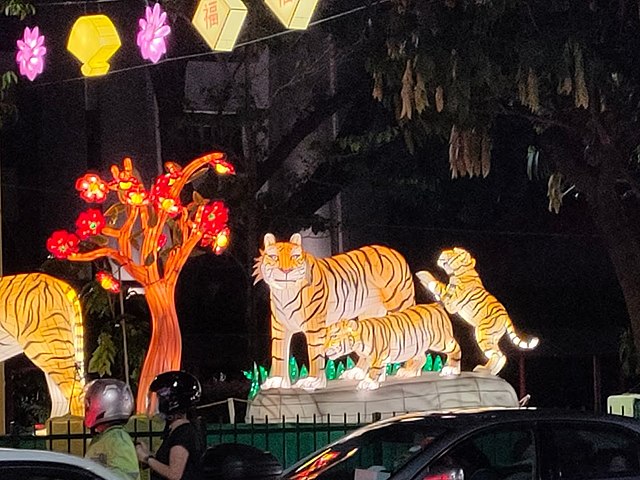
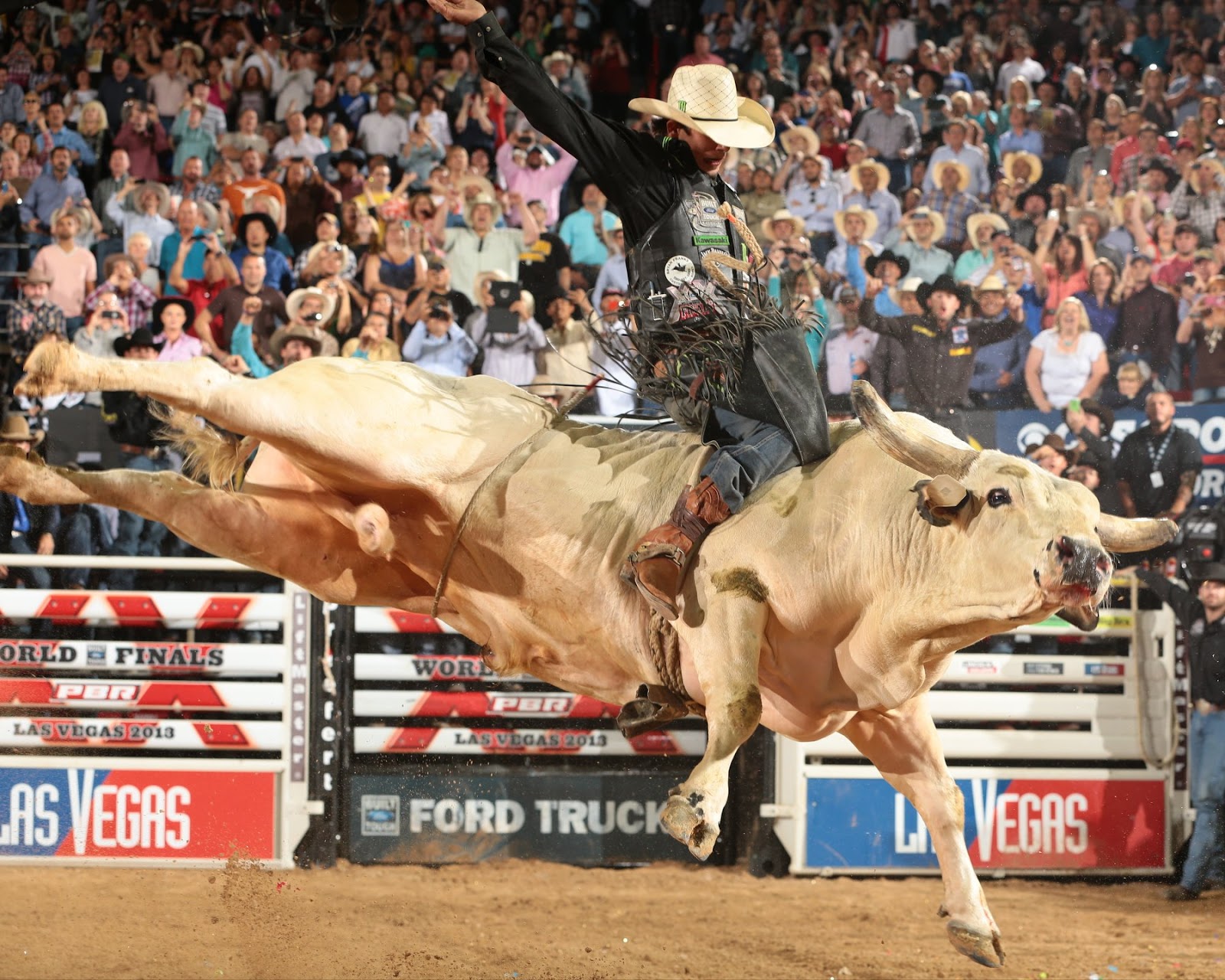

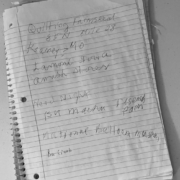
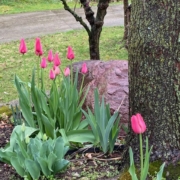


I’m too familiar with hurricanes. I love your description of the aftermath. Thanks for sharing.
Thank you. It’s been an eye opening experience.
Barbara, your post is meaningful to me. A colleague from my days Johnson & Johnson and his wife, who are very close friends, live in Naples (closer to the ocean than Fort Myers) and their house is in an area that was devastated by the hurricane. I visited them in 2021 when I had done research in Miami for my novel Missing in Miami and a year later their home was destroyed. They have returned to Naples since they are having it rebuilt and have to be there to supervise. When I speak with them, I am reminded, as you say, of the resilience of people’s spirits in view of weather disasters.
I will be teaching in Naples too during this trip. Your friends have that South Florida spirit!
What a wonderful piece – recognizing what you didn’t instinctively know about hurricanes and their impact, but coming to understand the storm and the resiliency of those who have the knowledge and emotion to talk about Ian.
Thank you Debra.
Barb, your sensitivity to folks who’ve endured natural disasters shines through in this piece. Well done.
Thank you Gay.